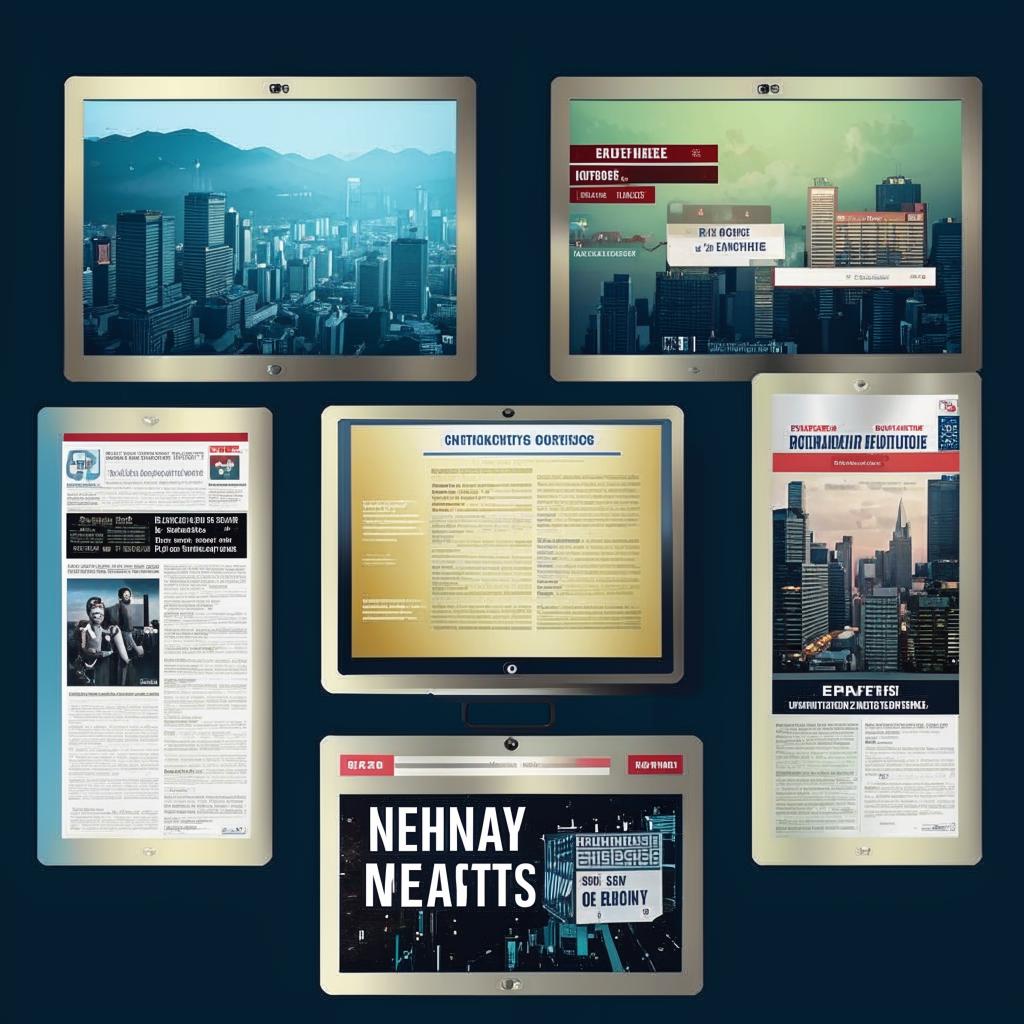The COVID-19 pandemic has fundamentally changed the way we work, leading to a significant increase in remote work. As companies and employees alike have adapted to this new normal, it’s essential to explore the future of remote work and the trends that are likely to shape it in the coming years.
One of the most notable trends is the hybrid work model, which combines remote work with in-office attendance. Many organizations have recognized the benefits of flexibility, allowing employees to choose where they work based on their tasks and personal preferences. This approach not only enhances work-life balance but also boosts productivity, as employees can tailor their environments to suit their needs. According to a recent survey, over 70% of employees expressed a desire for flexible work arrangements even after the pandemic subsides.
Another trend is the increased reliance on technology to facilitate remote collaboration. Tools like video conferencing, project management software, and instant messaging have become essential for maintaining communication and productivity in remote teams. As technology continues to evolve, we can expect even more innovative solutions that enhance collaboration, such as virtual reality (VR) meeting spaces and advanced AI-driven productivity tools. These advancements will allow teams to work seamlessly, regardless of their physical location.
However, the future of remote work also presents challenges that need to be addressed. Issues such as employee burnout and feelings of isolation can arise when working from home for extended periods. Employers must prioritize mental health and well-being by offering resources and support systems, such as virtual wellness programs and regular check-ins. Creating a strong company culture in a remote environment is crucial for maintaining employee engagement and satisfaction.
In conclusion, the future of remote work is bright, with trends pointing towards greater flexibility and technological innovation. As organizations continue to adapt, it’s essential to prioritize employee well-being and foster a supportive work environment. By embracing these changes, we can create a more inclusive and productive workforce that thrives in the new era of work.
